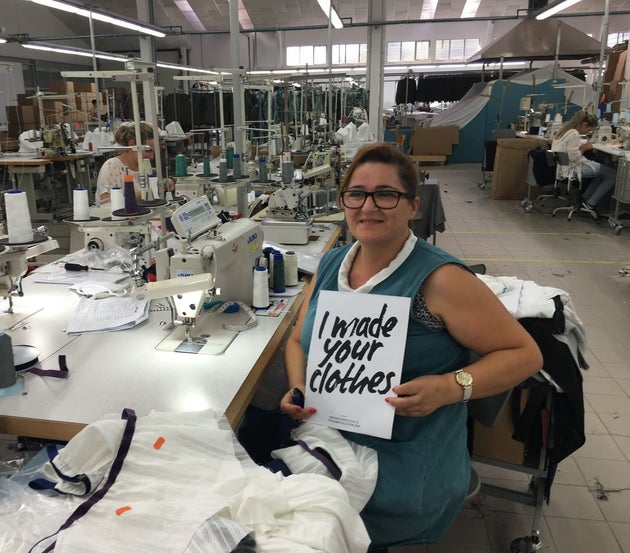Like me, you probably care deeply about women’s rights. It’s hugely welcome that we are seeing a (hopefully unstoppable) wave of conversation, organisational change and activism on topics ranging from how we deal with harrassment, to how we achieve a more representative gender balance to equal pay. And to be sure, there is a lot to do.
Isn’t it striking that some major employers in professional services still pay men on average 30% more, and that women are being systematically paid less across the board? That women, including those in powerful positions, at major aid agencies face the threat of harassment by people who get away with this type of behaviour for years. And that in 2018, a prime minister STILL has to face comments on her appearance and questions about when her unborn baby was conceived.
They are chunky, complex issues and it is worth celebrating that we, women and men, appear to have collectively run out of patience. For the first time, UK employers are required to report on how much they pay their female compared to their male staff. We are seeing, evidently long overdue, inquiries into alleged harassment at all-male charity dinners and, more broadly, charities as a whole. And anyone in the public eye making sexist jokes at least is not getting away with it quite so lightly.
The world is gradually changing for women, but sometimes the work ahead can also seem daunting. So you probably don’t need me to add another difficult to tackle set of women’s issues to the plate.
But, since it is International Women’s Day: what are you wearing?
When it comes to women’s rights worldwide, fashion matters more than ever.
There are an estimated 32million women in the world who make our clothes. Many of these women do not enjoy the same type of rights and freedoms as we in the Western world do, so fashion is literally about human rights.
Complicated by supply chains that span the globe, many of our favourite fashion brands and we as consumers are benefitting from workers being consistently paid less than what they need for their basic needs and sometimes, not at all.
According to the last available data, the average woman in the UK buys 60 pieces of clothing, shoes or accessories a year. This is astonishing in itself, and most likely reflects how much cheaper clothing has become over the past two decades.
But on the positive side, each decision to purchase, or not purchase, really is a vote for how those clothes are produced. So that gives us all an average of 60 small votes every year to vote for fairer treatment of women around the globe.
To be sure, boycotting clothing made in countries where women work in particularly harsh conditions in the fashion industry is not the answer. There is some merit in the argument that before fashion brought millions of jobs to, for example, Bangladesh and Cambodia, the alternatives for many women were more limited and probably often worse.
But this does not absolve us from our responsibility to ask tough questions about why prices in some of our stores are so low, educate ourselves about the true cost of fashion and to seek out alternatives where they are available.
Many emerging brands choose to start producing closer to home where they can keep a close eye on working conditions. But it is also a powerful move to simply tweet to your favourite brand #WhoMadeMyClothes, Fashion Revolution’s hashtag created to inspire consumers to be curious about the women who make their clothes. Or you could check out this transparency report to check how open your favourite brand is about where it produces.

None of use need to know it all or do it all. But knowing how many women’s rights are affected by our fashion decisions is a pretty powerful reason to give them just that little bit more thought.
So next time you buy a new shirt or dress, buy with thought. Perhaps it is a quieter form of activism. But to be sure, it is a revolutionary act.